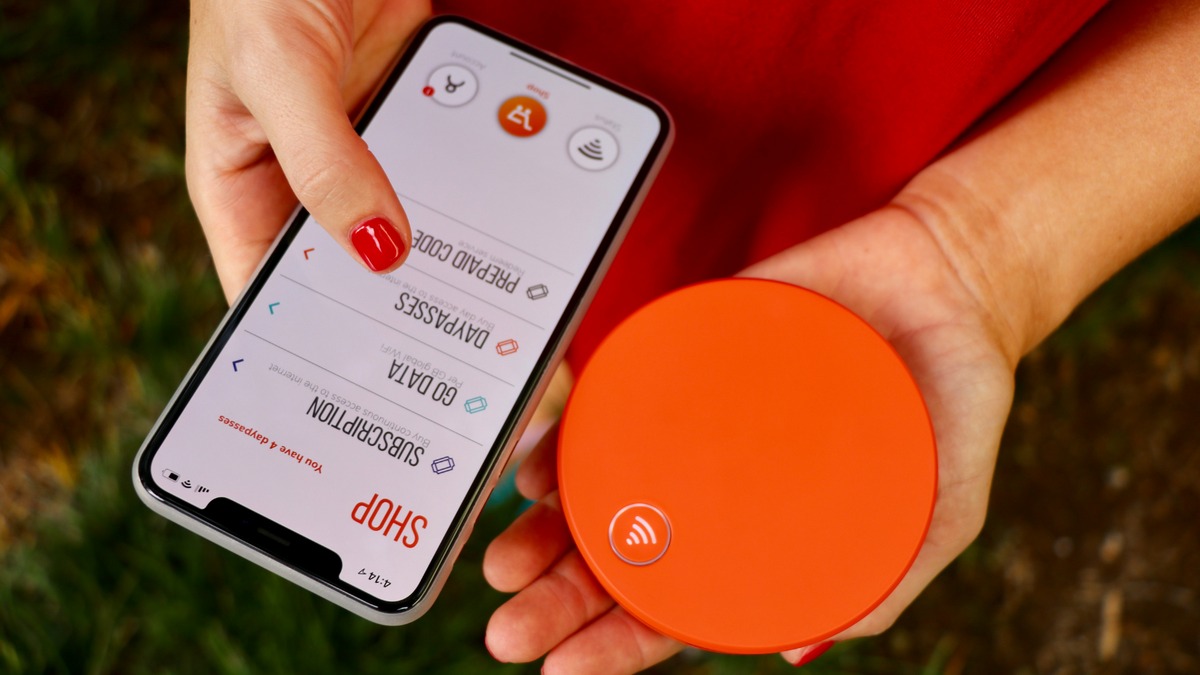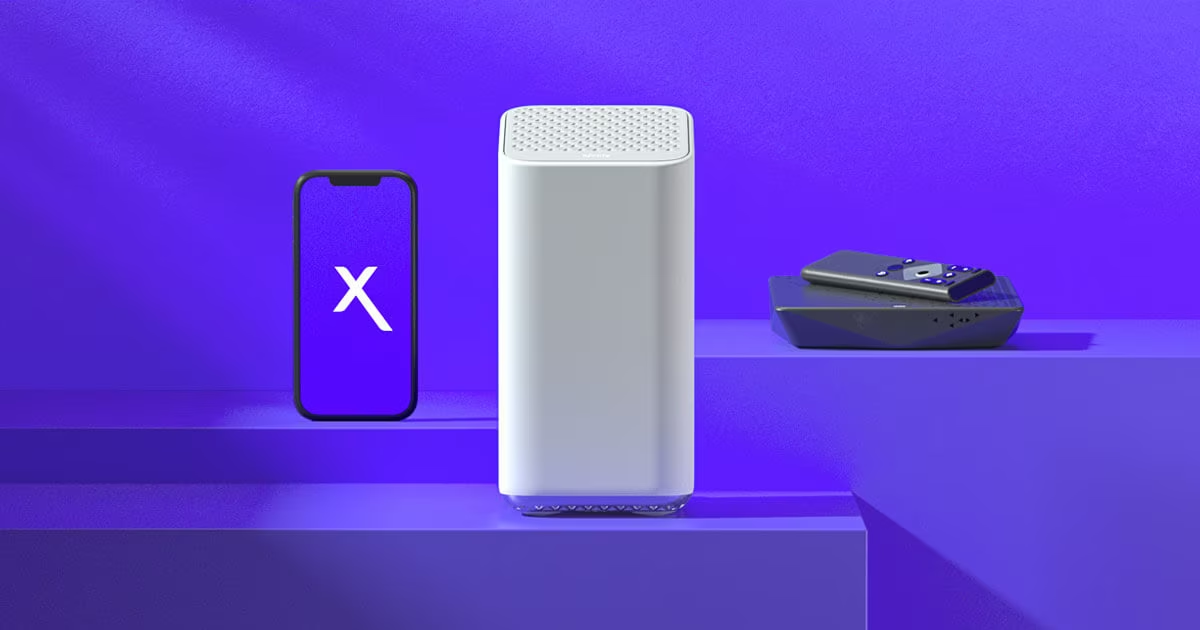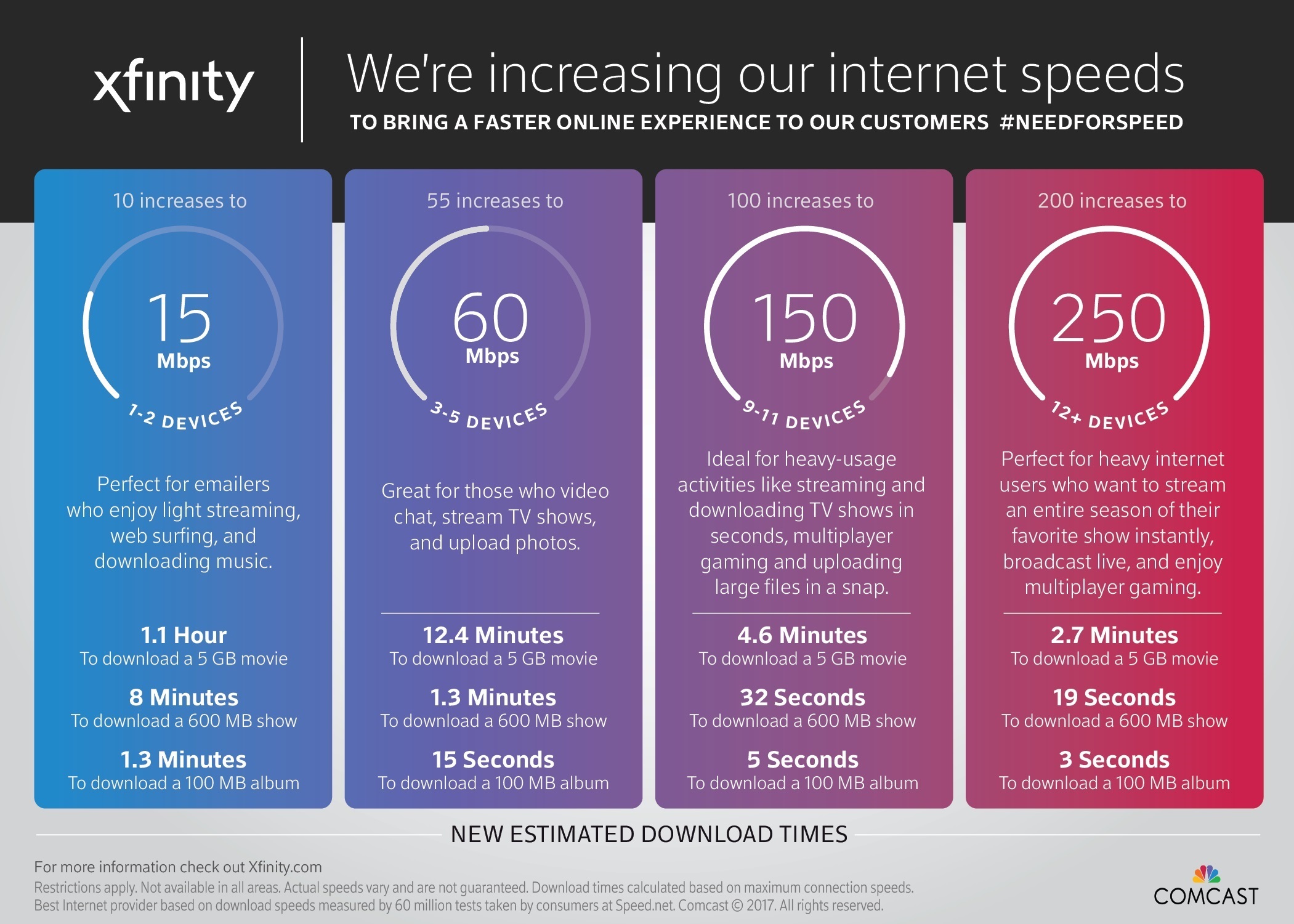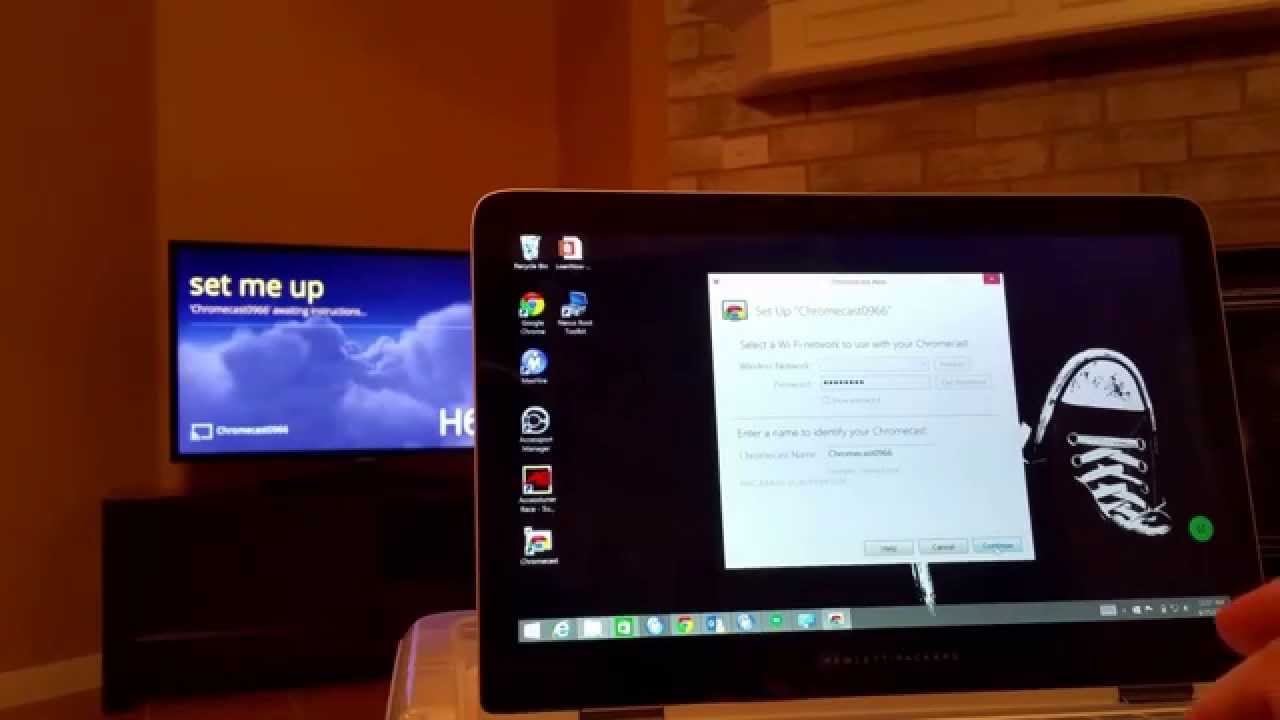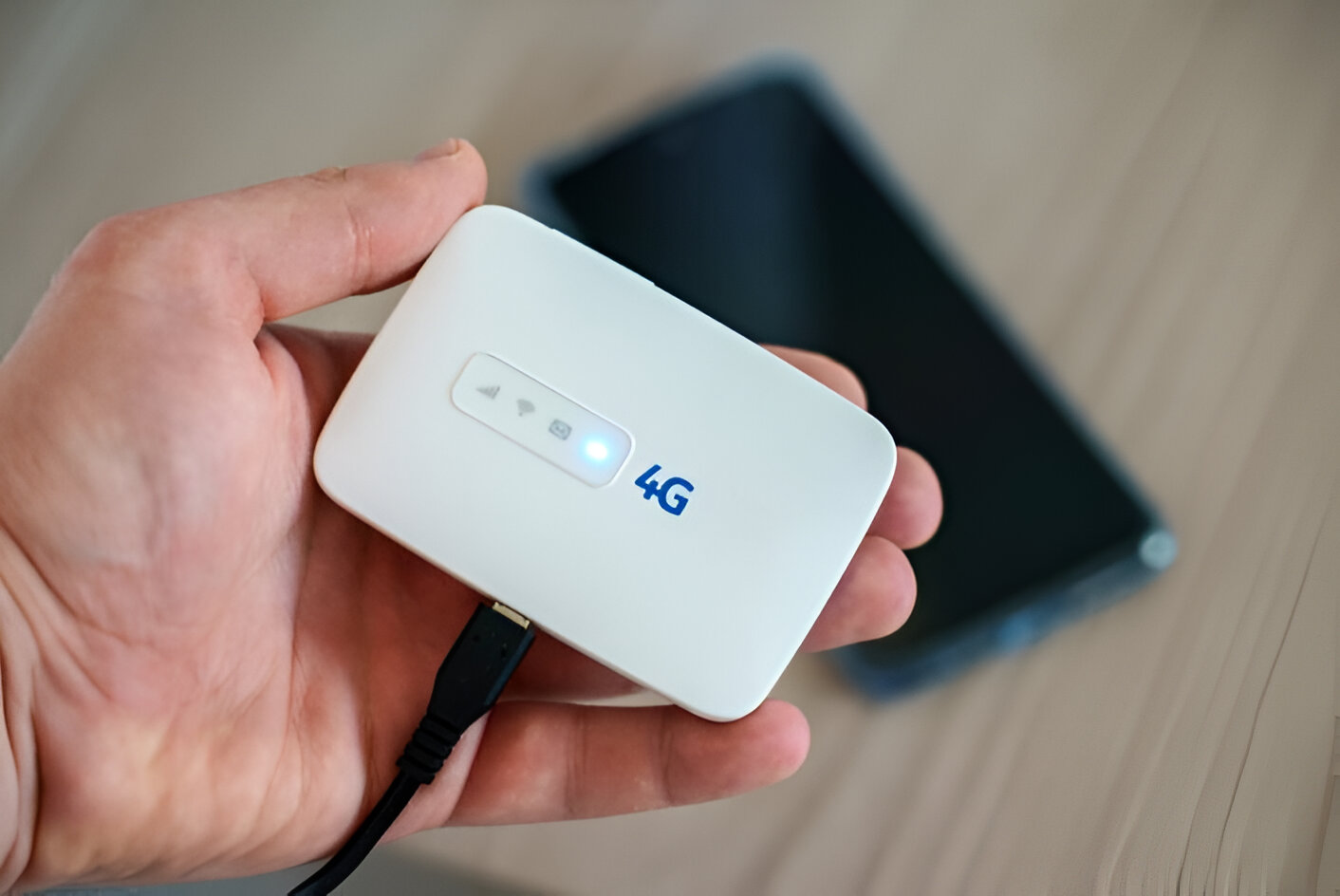Introduction
In today's fast-paced world, staying connected is not just a luxury but a necessity. Whether for work, school, or leisure, having reliable internet access on the go is increasingly important. This is where hotspots come into play. A hotspot is a portable device that provides internet connectivity to multiple devices by leveraging cellular data networks. It acts as a bridge between these devices and the internet, allowing users to access online resources from virtually anywhere.
As the demand for remote work and flexible lifestyles continues to rise, the need for reliable and efficient hotspots becomes paramount. Whether you're a digital nomad, a student, a business professional, or simply someone who values seamless connectivity, investing in a quality hotspot can significantly enhance your productivity and overall experience.
In this article, we will delve into the world of hotspots, exploring the various options available for purchasing these devices and providing valuable recommendations to help you make an informed decision. Whether you're a tech enthusiast looking to stay ahead of the curve or a casual user seeking a convenient way to stay connected, this guide aims to equip you with the knowledge needed to navigate the hotspot market with confidence.
Let's embark on this journey to uncover the intricacies of hotspots, discover the diverse array of options, and ultimately make well-informed choices that align with your connectivity needs. Whether you're seeking a compact, pocket-sized hotspot for occasional use or a robust, high-speed device for heavy-duty tasks, this article is designed to cater to your interests and empower you to make the best purchasing decision for your unique requirements.
Understanding Hotspots
Hotspots, also known as mobile hotspots or portable Wi-Fi routers, are compact devices that serve as a gateway to the internet, enabling users to connect their devices to the web without the need for traditional wired connections. These versatile gadgets leverage cellular data networks to create a localized Wi-Fi network, allowing multiple devices such as smartphones, laptops, tablets, and smart home devices to access the internet simultaneously.
One of the key advantages of hotspots is their portability. Unlike fixed-line internet connections, hotspots offer the flexibility to establish internet connectivity on the go, making them ideal for individuals who require seamless access to online resources while traveling, working remotely, or simply moving between different locations. Whether you're at a bustling airport, a serene coffee shop, or even in the great outdoors, a reliable hotspot can keep you connected regardless of your surroundings.
Hotspots come in various forms, ranging from compact, pocket-sized devices to larger, high-performance routers designed for heavy-duty usage. Some hotspots are integrated into smartphones, allowing users to share their cellular data connection with other devices through a feature commonly known as "tethering." This versatility makes hotspots a practical choice for a wide range of users, including professionals, students, travelers, and anyone seeking the convenience of uninterrupted internet access.
In addition to their portability, hotspots offer a degree of privacy and security, as they create a dedicated Wi-Fi network for connected devices. This can be particularly valuable when accessing sensitive information or conducting business-related tasks while on the move. Furthermore, hotspots can serve as a reliable backup internet solution in the event of an outage or disruption to traditional broadband services, ensuring continuity in critical activities such as remote work, online learning, and communication.
Understanding the capabilities and limitations of hotspots is essential for making informed purchasing decisions. Factors such as network coverage, data plans, battery life, and connection speeds play a crucial role in determining the suitability of a hotspot for specific use cases. By gaining a deeper understanding of these aspects, consumers can identify the most suitable hotspot options to meet their unique connectivity requirements.
In the following sections, we will explore the diverse array of options available for purchasing hotspots, considering factors such as network compatibility, data plans, and device features. By delving into these details, readers will gain valuable insights to guide their hotspot purchasing journey and make well-informed decisions that align with their connectivity needs.
Options for Purchasing a Hotspot
When it comes to purchasing a hotspot, consumers are presented with a diverse range of options, each catering to specific connectivity needs and preferences. Understanding these options is crucial for making an informed decision that aligns with individual requirements. Here are the key options to consider when purchasing a hotspot:
-
Mobile Network Providers: Many mobile network providers offer a variety of hotspot devices that are compatible with their respective networks. These devices are often bundled with data plans, providing consumers with a convenient one-stop solution for acquiring both the hotspot hardware and the necessary data connectivity. When exploring options from mobile network providers, it's important to consider factors such as network coverage, data speeds, and the flexibility of data plans to ensure that the chosen hotspot meets the user's connectivity expectations.
-
Unlocked Hotspot Devices: For users seeking flexibility in choosing their data plans or utilizing the hotspot with multiple carriers, unlocked hotspot devices present an attractive option. These devices are not tied to a specific network provider, allowing users to select and switch between different carriers based on coverage, pricing, and data offerings. Unlocked hotspots provide the freedom to tailor the data connectivity to individual preferences, making them a versatile choice for those who prioritize flexibility and control over their network options.
-
Retail and Online Electronics Stores: Retail outlets and online electronics stores offer a wide selection of hotspot devices from various manufacturers. These devices may come unlocked or tied to specific network providers, providing consumers with the flexibility to choose based on their preferences. When purchasing from retail or online stores, users can explore an extensive range of features, designs, and price points to find a hotspot that aligns with their specific usage scenarios and budget constraints.
-
Second-Hand Market: The second-hand market presents an alternative avenue for purchasing hotspots at potentially reduced costs. Platforms such as online marketplaces and classified ads often feature pre-owned hotspot devices that are still in good condition. While navigating the second-hand market, buyers should exercise caution to ensure that the purchased device is fully functional, compatible with their intended network, and free from any outstanding financial obligations or restrictions.
-
Integrated Hotspot Devices: Some smartphones and tablets come equipped with integrated hotspot functionality, allowing users to share their cellular data connection with other devices. This built-in feature can serve as a convenient and cost-effective option for individuals who already own compatible devices and seek to leverage their existing cellular connectivity for hotspot purposes.
By exploring these options, consumers can identify the most suitable hotspot acquisition channels based on their preferences, budget, and specific connectivity requirements. Each option presents unique advantages and considerations, empowering users to make well-informed decisions that align with their individual needs for portable and reliable internet connectivity.
Recommendations for Purchasing a Hotspot
When considering the purchase of a hotspot, several key recommendations can significantly influence the decision-making process. These recommendations aim to empower consumers with the knowledge and insights needed to select a hotspot that aligns with their specific connectivity needs and preferences.
-
Evaluate Network Coverage: Prior to purchasing a hotspot, it is essential to assess the network coverage provided by different carriers in the areas where the device will be used most frequently. Comprehensive network coverage ensures a reliable and consistent internet connection, particularly in diverse locations such as urban centers, suburban areas, and travel destinations. By prioritizing network coverage evaluation, consumers can make informed decisions regarding the compatibility of a hotspot with their intended usage scenarios.
-
Consider Data Plans and Pricing: The availability of flexible and cost-effective data plans is a crucial factor in the hotspot purchasing process. Consumers should explore the data offerings provided by various carriers and assess the suitability of these plans for their data consumption patterns. Factors such as data caps, throttling thresholds, and international roaming options should be carefully evaluated to ensure that the chosen data plan aligns with the user's connectivity requirements and budget constraints.
-
Assess Device Features and Performance: Hotspot devices come with a range of features and performance capabilities, including battery life, connection speeds, simultaneous device support, and additional functionalities such as external antenna ports and advanced security features. Assessing these attributes enables consumers to select a device that best suits their specific usage scenarios, whether it involves frequent travel, remote work, or high-bandwidth activities such as video streaming and online gaming.
-
Explore Unlocked Device Options: Opting for an unlocked hotspot device provides users with the flexibility to choose and switch between different carriers based on network performance, pricing, and data plan offerings. Unlocked devices offer greater autonomy and adaptability, allowing consumers to tailor their connectivity options to changing needs and preferences without being bound to a specific network provider.
-
Seek User Reviews and Recommendations: Leveraging user reviews, recommendations from tech enthusiasts, and insights from online communities can provide valuable perspectives on the performance, reliability, and user experience of various hotspot devices. Real-world feedback from fellow consumers can offer valuable insights into the practical aspects of using a particular hotspot model, aiding in the decision-making process.
By adhering to these recommendations, consumers can navigate the hotspot market with confidence, ensuring that their chosen device aligns with their connectivity needs, preferences, and usage scenarios. Making an informed decision based on thorough evaluation and consideration of these recommendations can lead to a rewarding hotspot ownership experience, characterized by reliable connectivity and seamless access to online resources.







